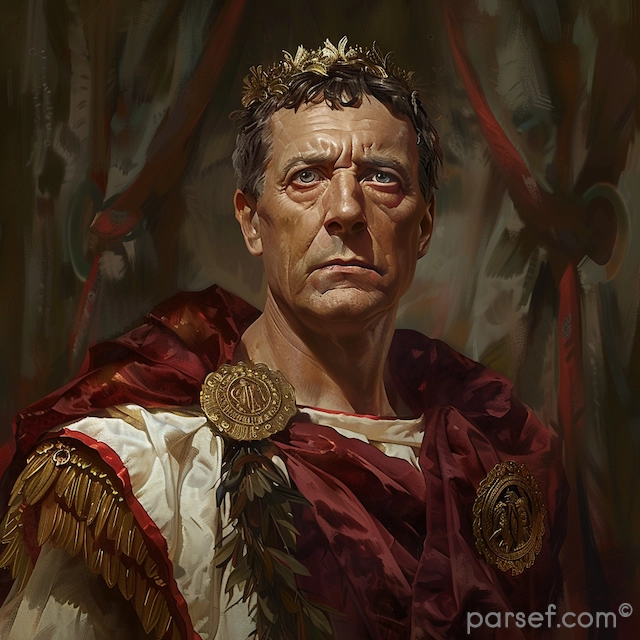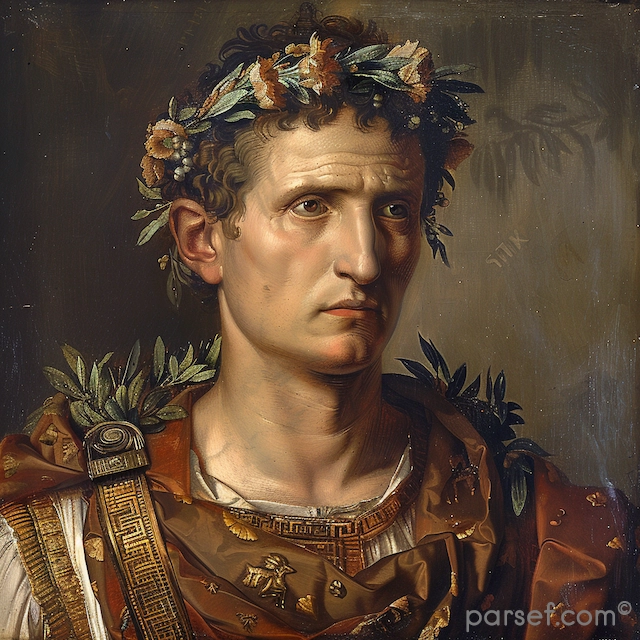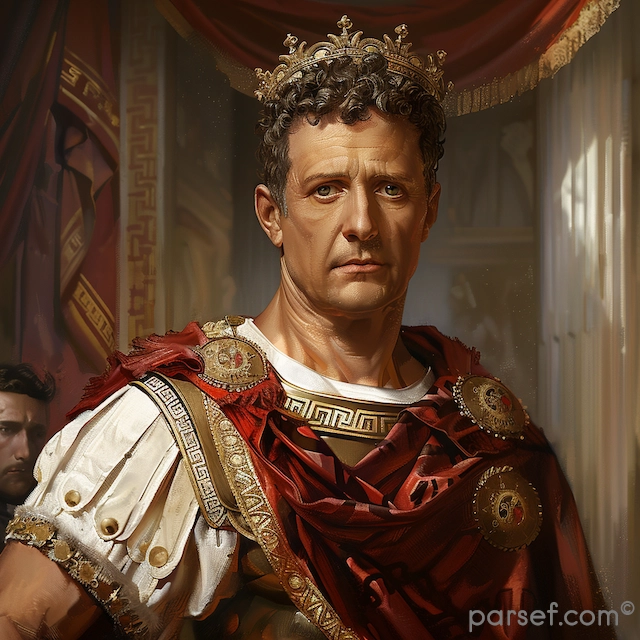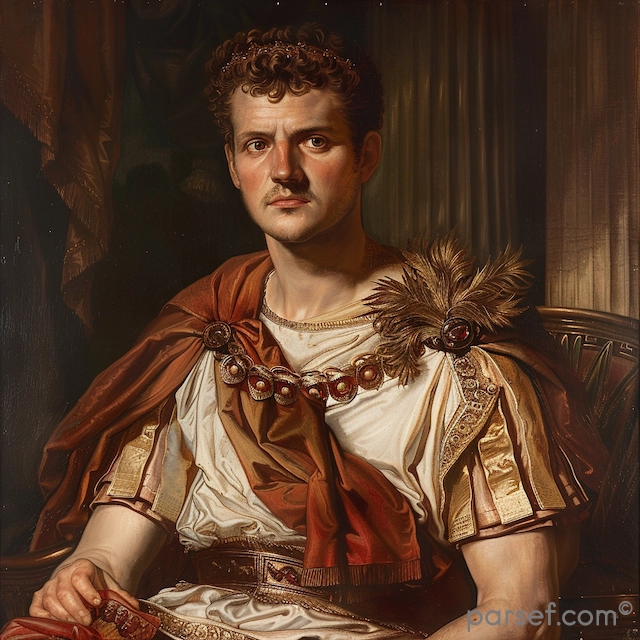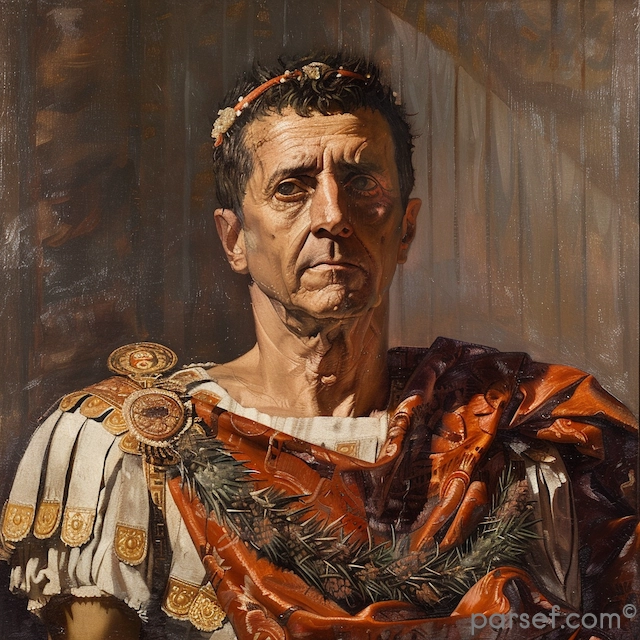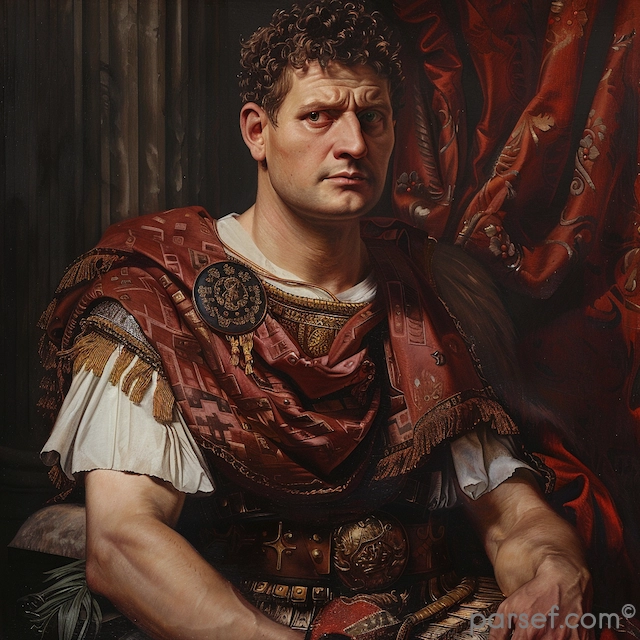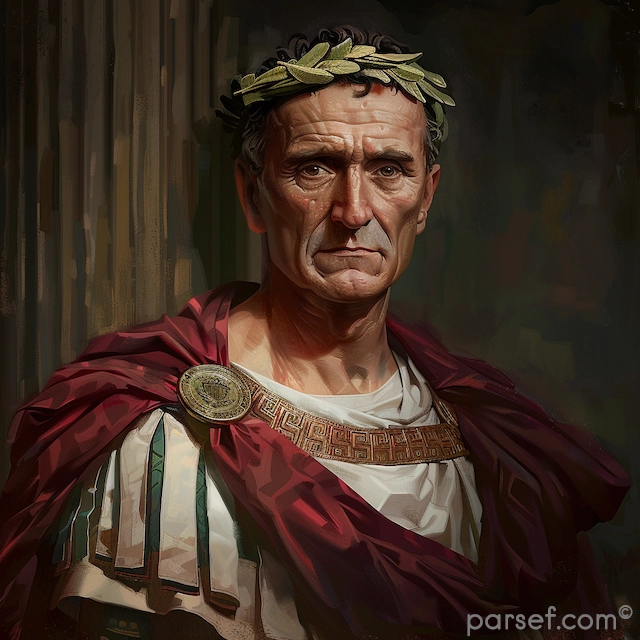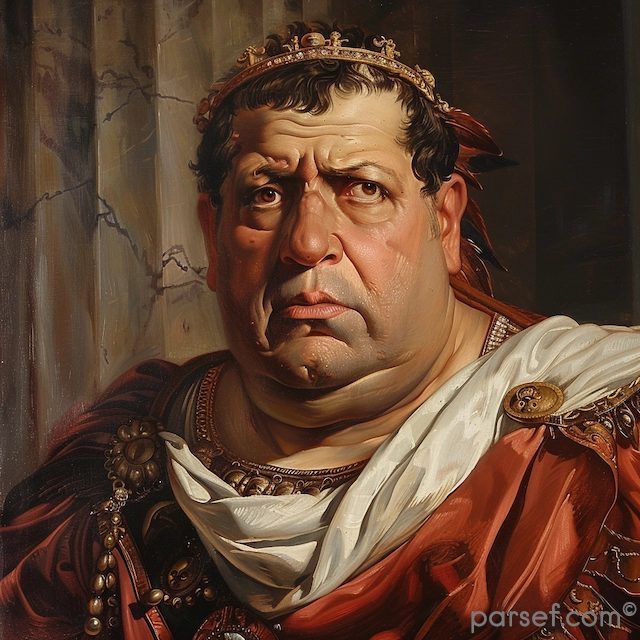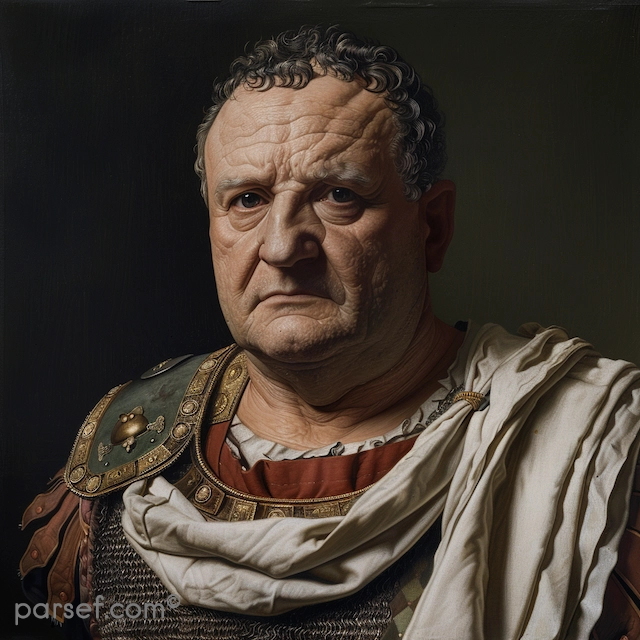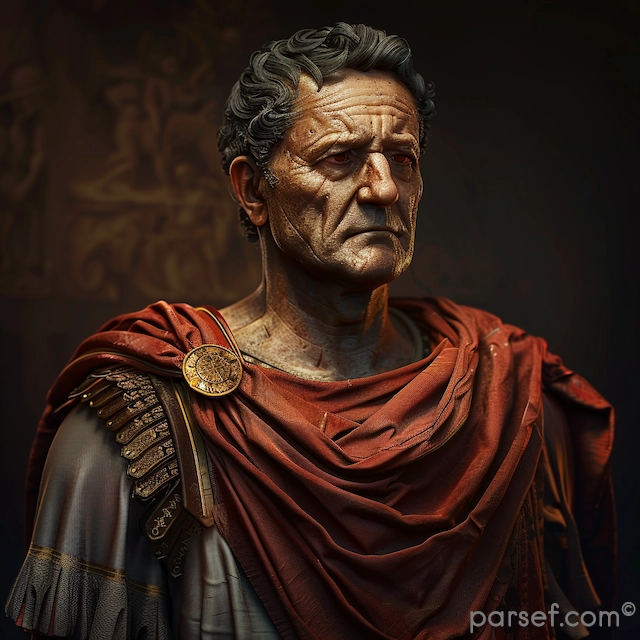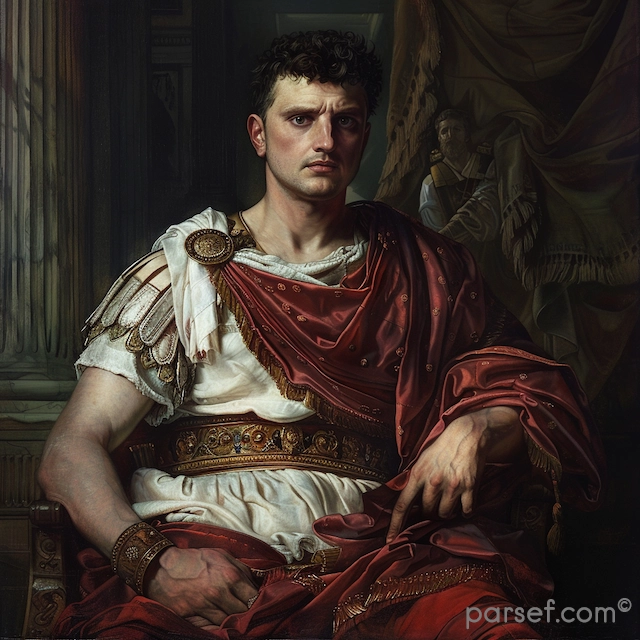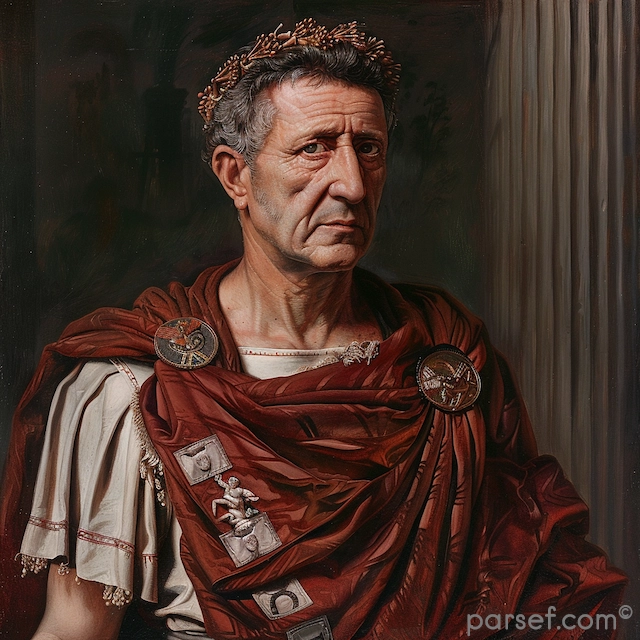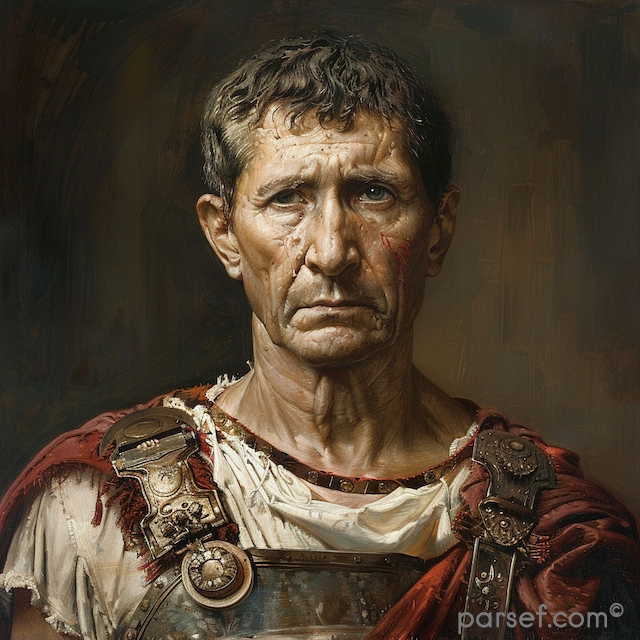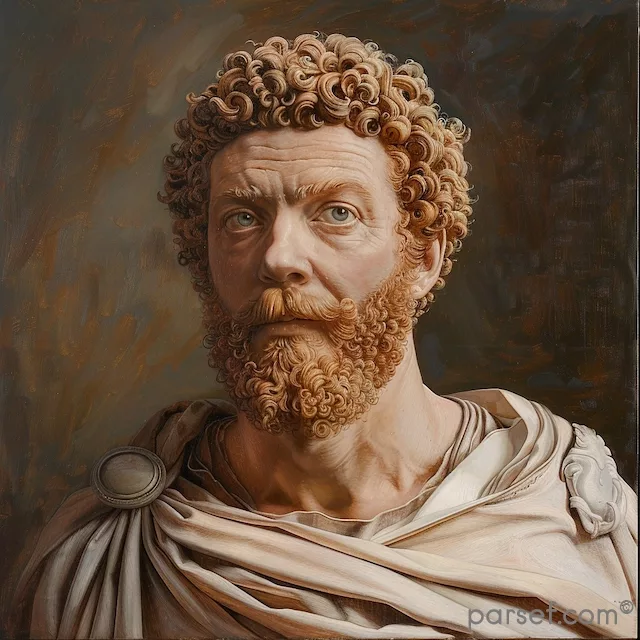A Journey Through Time: Mapping Ancient Rome and Jerusalem

For centuries, Rome and Jerusalem have captivated historians and travelers alike. These two powerful cities, though geographically distant, were intertwined throughout much of their ancient history. But how close were they? Let's explore maps depicting these ancient cities and their respective empires.
The Mediterranean World: A Roman Sea
During the height of the Roman Empire, the Mediterranean Sea served as a vital trade route. A map of the Roman Empire at its greatest extent (roughly 1st-2nd centuries CE) would show Rome at the center, with its dominion stretching across Europe, North Africa, and parts of the Middle East. Jerusalem would be a speck within the Roman province of Judea.
A Closer Look: Judea Under Roman Rule
Zooming in on the eastern Mediterranean, a map of Judea during the Roman era (1st century BCE to 4th century CE) would depict Jerusalem as the political and religious center of the region. Roman roads connected Jerusalem to other major cities within the province, facilitating trade and troop movement.
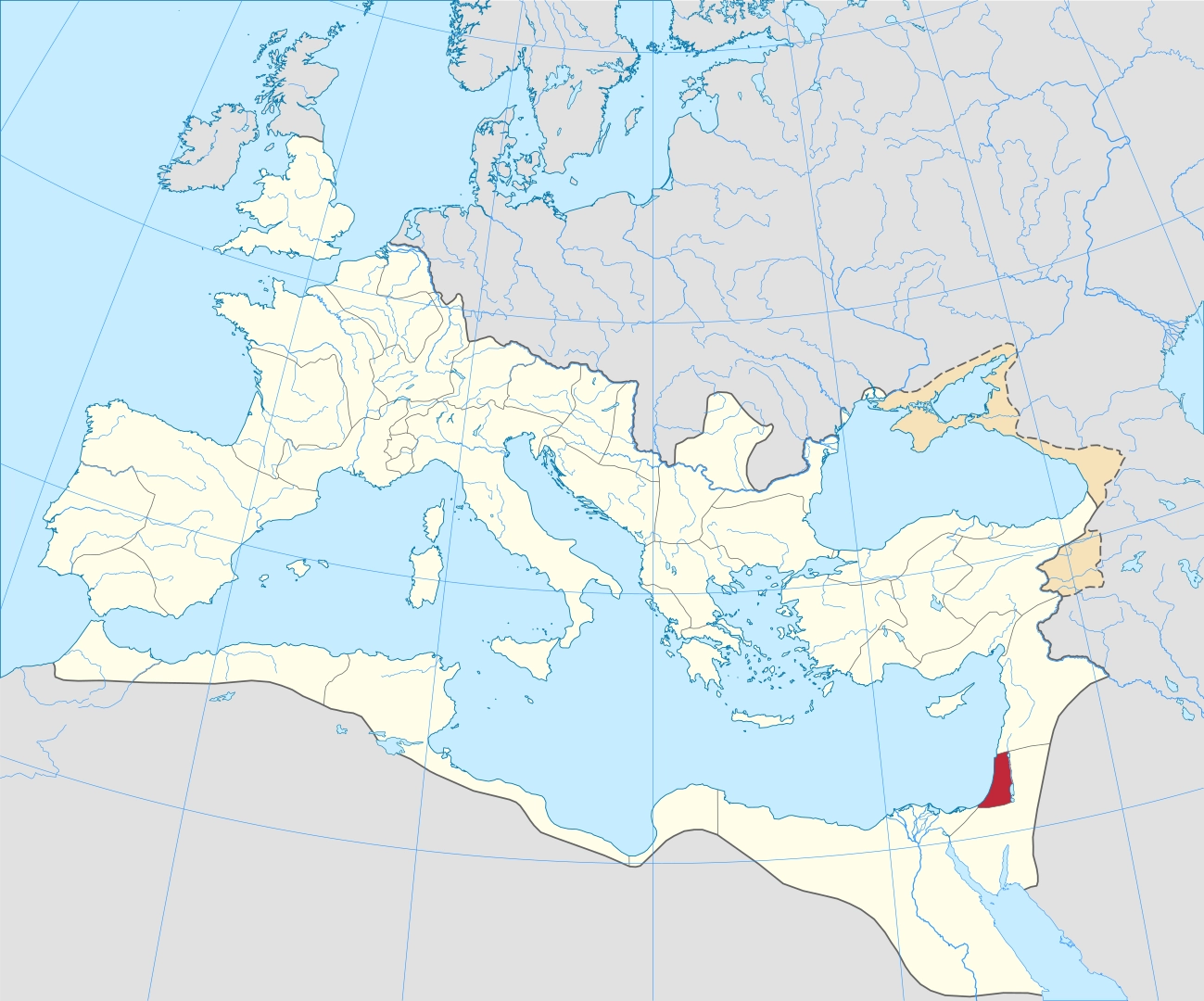
Separate Cities, Shared History
While Rome and Jerusalem weren't exactly neighbors, their paths crossed in significant ways. The Roman conquest of Judea in 63 BCE significantly altered Jerusalem's history. Roman administration, architecture, and culture all left their mark on the city. The destruction of the Second Temple in Jerusalem by the Romans in 70 CE stands as a defining moment in Jewish history.
Exploring the Past: Resources for Further Discovery
For history buffs interested in a deeper dive, numerous resources are available online and in libraries. The Peutinger Map, a Roman roadmap dating back to the 3rd or 4th century CE, offers a fascinating glimpse into the ancient world, though Jerusalem itself is not depicted.
Additionally, archaeological excavations in both Rome and Jerusalem continue to unearth new artifacts and shed light on the lives of those who inhabited these ancient cities.
Whether you're a history buff or simply curious about the connections between different cultures, exploring maps of ancient Rome and Jerusalem offers a glimpse into a world where empires rose and fell, leaving behind a rich legacy that continues to resonate today.
Related Posts
Commodus: The Emperor Who Blurred the Lines Between Rome’s Greatest Ruler and Its Most Notorious Madman
Commodus: a name that evokes both awe and abhorrence. Son of the legendary Marcus Aurelius, philosopher-emperor and author of the iconic Meditations, Commodus inherited a realm at the zenith of its power. Yet, his reign would irrevocably alter Rome's trajectory. Was he a brilliant general, a cunning politician, or a megalomaniacal...
Read MoreHerod’s Temple: A Marvel of Ancient Architecture and Its Biblical Significance
Herod’s Temple, also known as the Second Temple or the Herodian Temple, holds a central place in biblical history and Jewish heritage. Built by King Herod the Great during the 1st century BCE, this architectural masterpiece served as the spiritual heart of Judaism and a pivotal location in the narratives...
Read MoreThe Colossal Footprint: Exploring the Roman Empire at its Greatest Extent
The Roman Empire, a name that evokes images of gladiatorial combat, sprawling aqueducts, and stoic emperors, wasn't just a powerful state; it was a colossal empire that stretched across continents. But how vast was its reach at its zenith? This post delves into the greatest extent of the Roman Empire,...
Read MoreSodom and Gomorrah: The Rise and Fall of Two Ancient Cities
Sodom and Gomorrah are two of the most infamous cities mentioned in ancient religious texts, notably the Bible. For centuries, they have symbolized divine judgment, moral depravity, and catastrophic destruction. Their story is told in the Book of Genesis, and echoes of their downfall reverberate through theology, archaeology, and mythology....
Read MoreGeta: The Tragic Co-Emperor Whose Life Was Cut Short by Fraternal Rivalry
Geta, the younger son of Septimius Severus, is a figure largely overshadowed by his more domineering brother, Caracalla. Often relegated to the role of the quiet, less ambitious sibling, Geta’s life was tragically cut short by a family feud that shook the Roman Empire to its core. Unlike his brother, Geta...
Read MoreMarcus Aurelius: Philosophy and Leadership in the Midst of Turmoil
In the annals of Roman history, the name Marcus Aurelius stands as a symbol of wisdom, Stoic philosophy, and leadership during times of great adversity. His reign as Emperor from 161 to 180 CE coincided with challenging periods for the Roman Empire, including external threats and internal strife. In this...
Read More